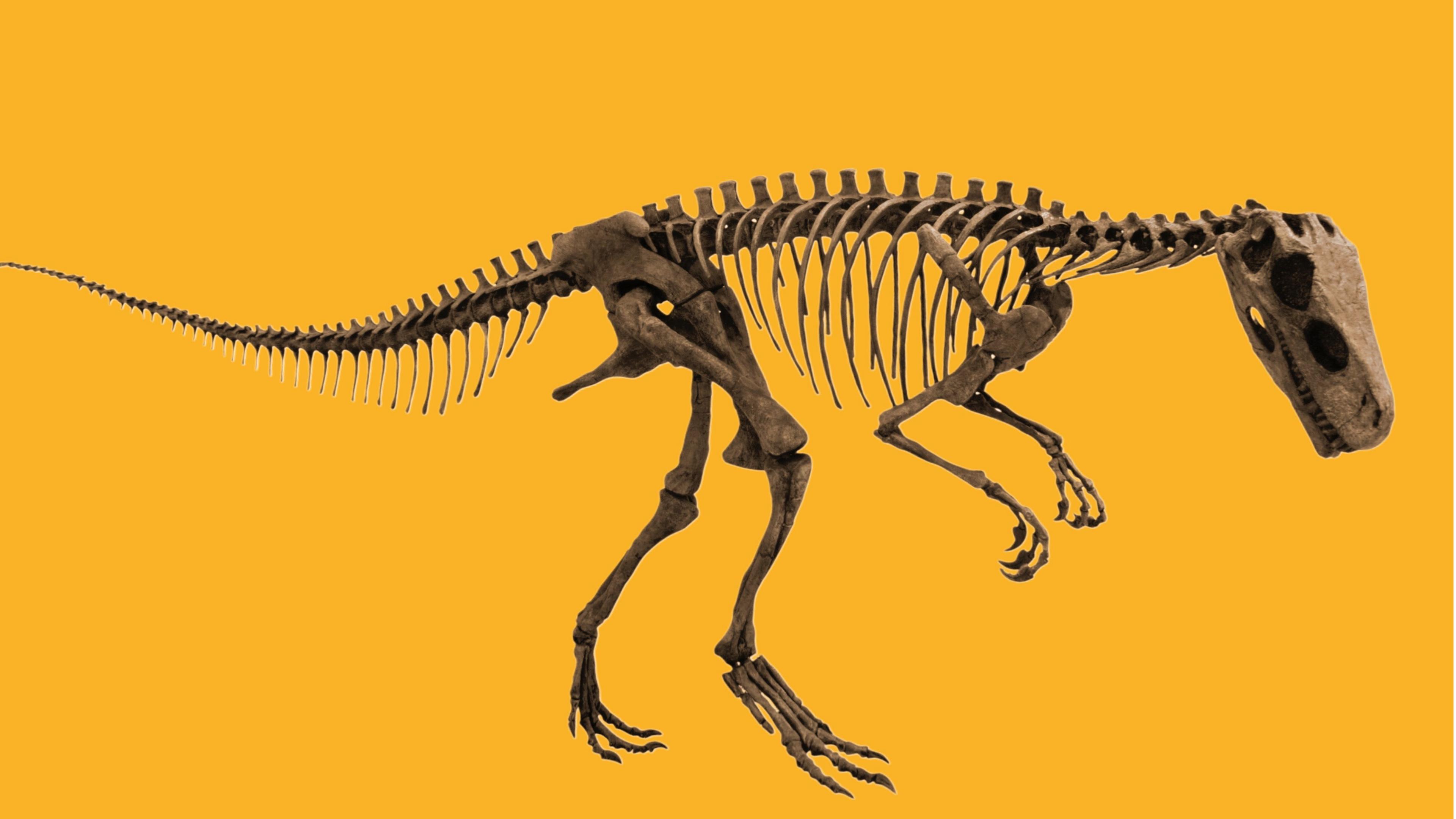Fossil fills 70-million-year gap in understanding
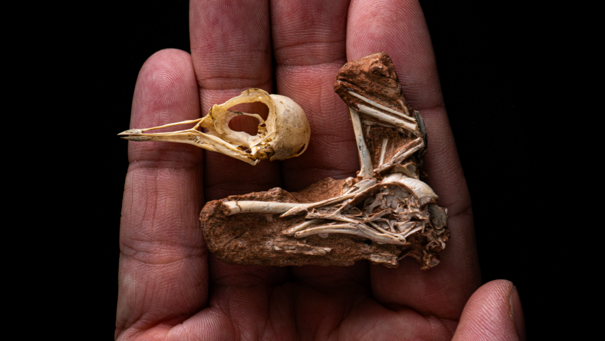
Navaornis is named after William Nava who discovered the fossil in 2016 at a site near Presidente Prudente, Brazil
- Published
A fossil discovery could transform the understanding of how the brains and intelligence of modern birds have evolved.
Researchers, led by the University of Cambridge, external and the Natural History Museum of Los Angeles County, identified the fossil bird - which was roughly the size of a starling - from the Mesozoic Era, the age of dinosaurs.
The study aimed to digitally reconstruct the brain of the bird, which it has named Navaornis hestiae, to determine the evolutionary origins of the modern avian brain.
Dr Guillermo Navalón, the co-lead author of the study, said he was "awestruck" by the "one-of-a-kind" fossil which "lets us fully appreciate the anatomy of this early bird".
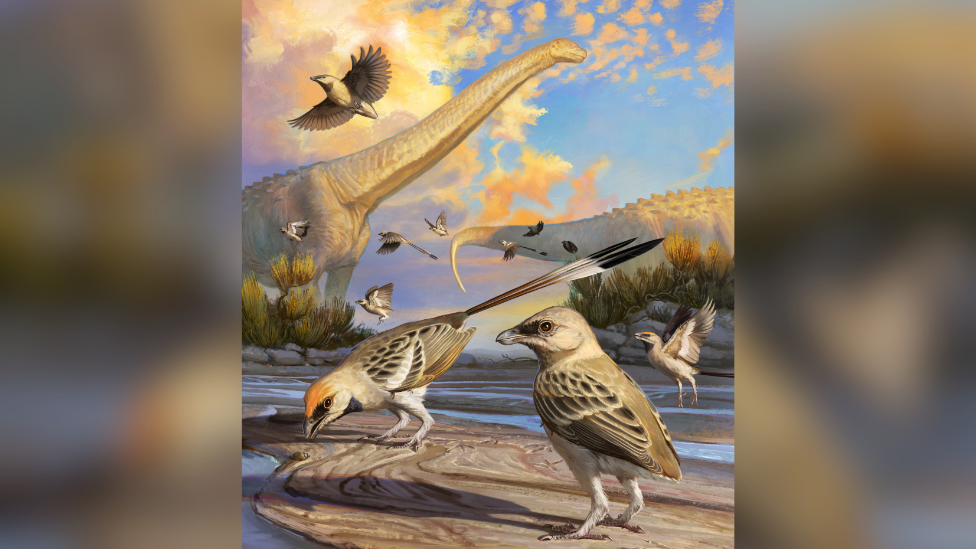
Navaornis lived approximately 80 million years ago in what is now Brazil, before the mass extinction event that killed all non-avian dinosaurs
The complete skull has been preserved almost intact, which the study highlights makes it one of the most significant finds of its kind.
Navaornis lived approximately 80 million years ago in what is now Brazil, before the mass extinction event that killed all non-avian dinosaurs.
The fossil filled a 70-million-year gap in the understanding of how the brains of birds evolved: between the 150-million-year-old Archaeopteryx, external, the earliest known bird-like dinosaur, and birds living today.
Navaornis had a larger cerebrum than Archaeopteryx, suggesting it had more advanced cognitive capabilities than the earliest bird-like dinosaurs.
However, most areas of its brain were less developed, suggesting that it had not yet evolved the complex flight-control mechanisms of modern birds.
Dr Navalón, from Cambridge’s Department of Earth Sciences, said: "It was one of these moments in which the missing piece fits absolutely perfectly.
"This fossil is truly so one-of-a-kind that I was awestruck from the moment I first saw it to the moment I finished assembling all the skull bones and the brain, which lets us fully appreciate the anatomy of this early bird."
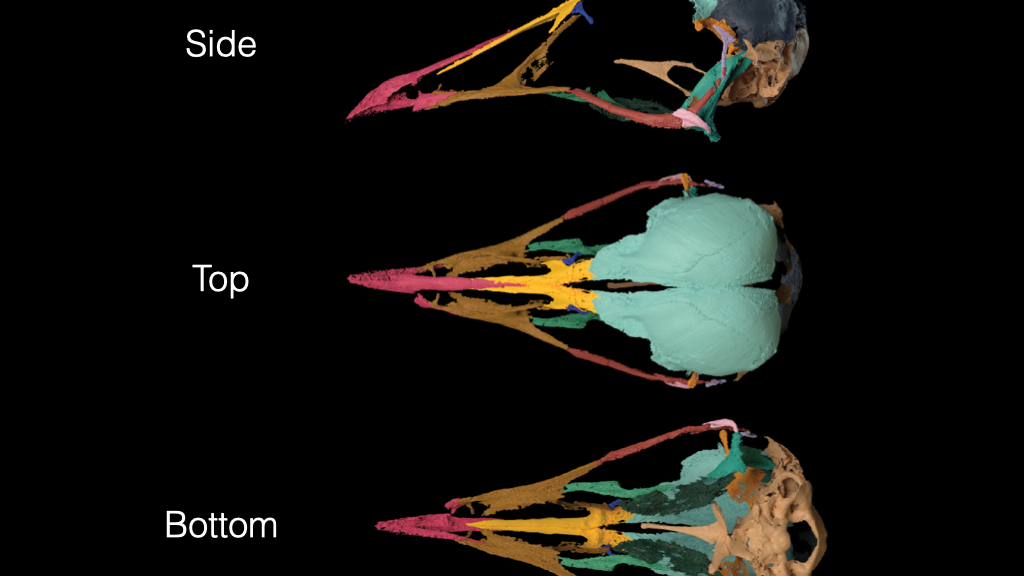
While the discovery is a significant breakthrough, the researchers say it is only the first step in understanding the evolution of bird intelligence
Professor Daniel Field from Cambridge’s Department of Earth Sciences, who was the senior author of the research, said modern birds, like crows and parrots, had some of the most advanced cognitive capabilities in the animal kingdom.
He said scientists had struggled to understand how and when the unique brains and remarkable intelligence of birds evolved. He added: "The field has been awaiting the discovery of a fossil exactly like this one.
"This might be just one fossil, but it’s a key piece in the puzzle of bird brain evolution," he said.
Dr Luis Chiappe, a co-lead author from the Natural History Museum of Los Angeles County, added the discovery showed some of the birds flying over the heads of dinosaurs had a fully modern skull geometry more than 80 million years ago.
Get in touch
Do you have a story suggestion for Cambridgeshire?
Follow Cambridgeshire news on BBC Sounds, Facebook, external, Instagram, external and X, external.
Related topics
More like this story
- Published30 October 2024

- Published22 October 2024
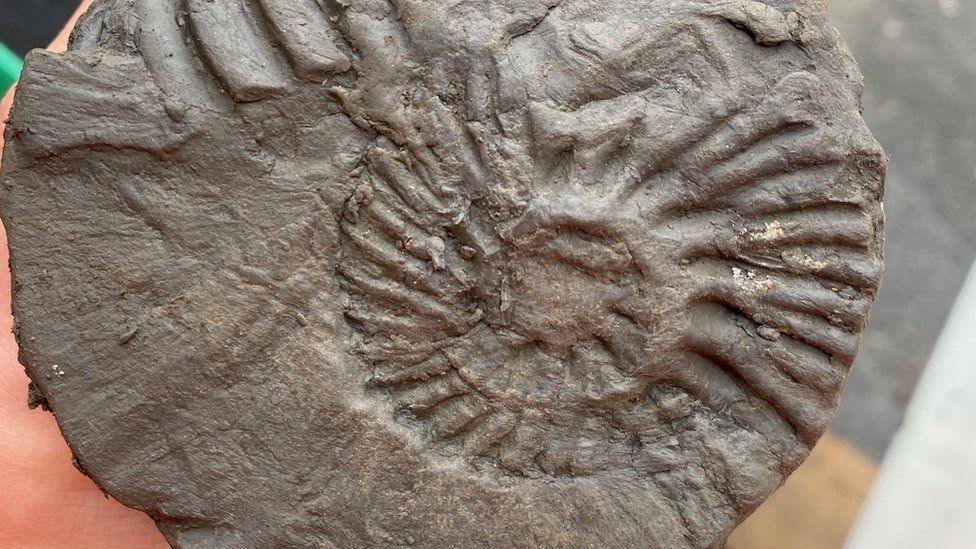
- Published8 August 2024
